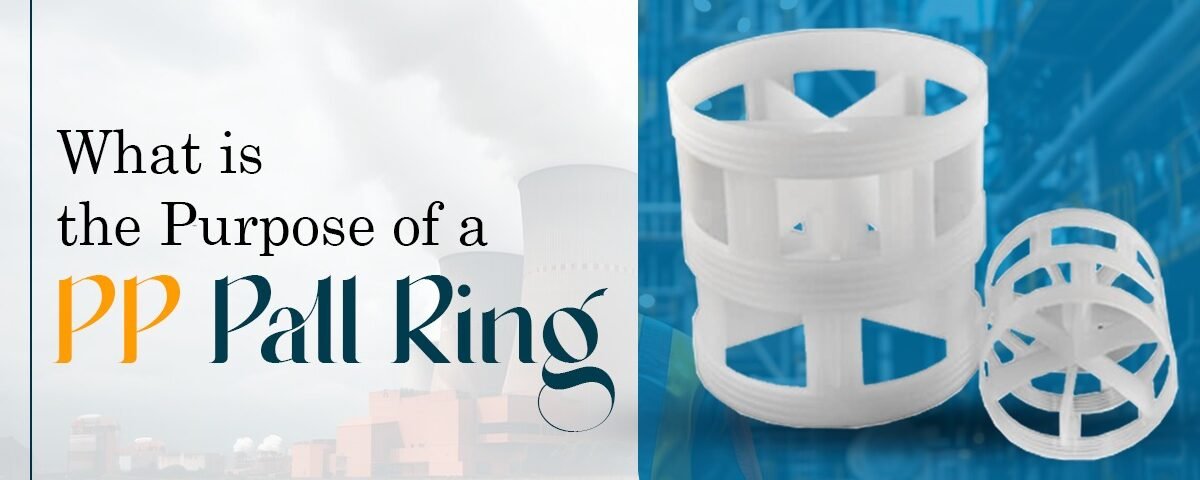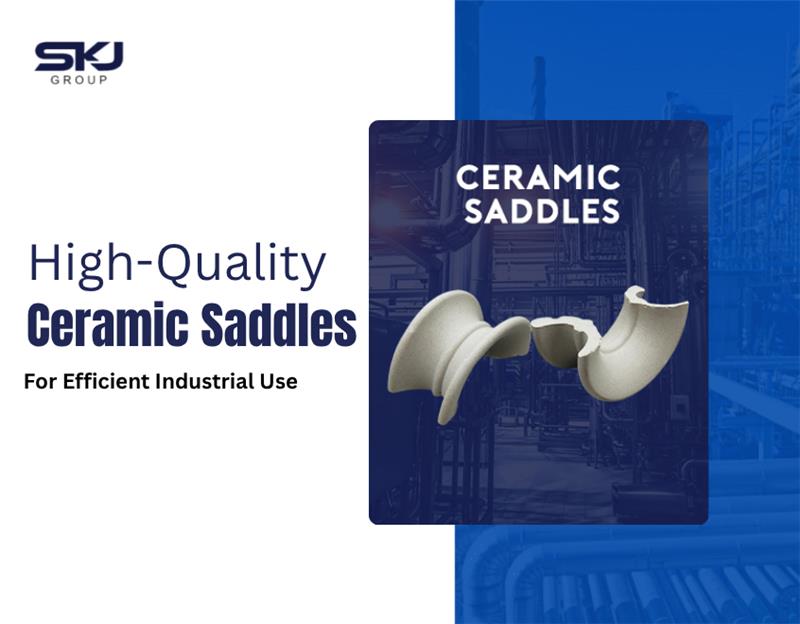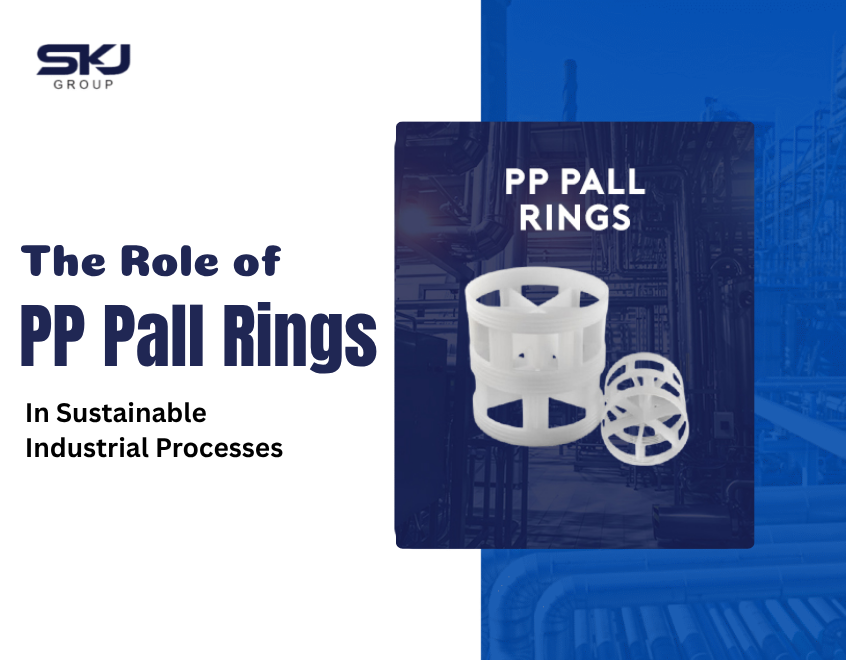What is the Purpose of a PP Pall Ring?

What is a Ceramic Honeycomb Structure in Construction?
November 18, 2024
The Purpose of Inert Ceramic Balls: Benefits & Applications in Industrial Processes
November 22, 2024In industrial processes such as distillation, absorption, and chemical reaction, efficiency and precision are critical. One component that plays a vital role in these processes is the PP Pall Ring. If you’ve ever wondered how to improve the performance and efficiency of your systems, understanding the role of PP Pall Rings is key.
In this post, you’ll discover the purpose and benefits of PP Pall Rings, why they’re a preferred choice in various industries, and how they can enhance your operations. Whether you’re new to industrial equipment or a seasoned engineer, this guide will provide you with valuable insights.
What is a PP Pall Ring?
A PP Pall Ring is a type of structured packing used in industrial applications, primarily for mass transfer processes like distillation, absorption, and stripping. Made from polypropylene (PP), these rings are designed to provide high surface area and low resistance to fluid flow, facilitating better mass transfer efficiency.
PP Pall Rings are a popular choice for industries where non-corrosive materials are needed, such as in the chemical, petrochemical, and pharmaceutical sectors. Their unique design allows them to provide optimal performance in both liquid and gas-phase reactions.
Key Benefits of PP Pall Rings
- Enhanced Efficiency: The shape and material of PP Pall Rings maximize the surface area, promoting better interaction between the gas and liquid phases.
- Low Pressure Drop: Due to their efficient design, PP Pall Rings help reduce energy consumption by maintaining a low-pressure drop in the system.
- Corrosion Resistance: Being made of polypropylene, these rings are highly resistant to corrosion, making them ideal for aggressive or corrosive fluids.
- Cost-Effective: Compared to other materials, polypropylene is relatively cost-effective while still offering excellent performance and durability.
How PP Pall Rings Improve Industrial Processes
1. Better Mass Transfer Efficiency
PP Pall Rings are designed with a unique structure that allows gas and liquid to come into contact more effectively. This increases the mass transfer between phases, making chemical processes like distillation more efficient.
For example, in a distillation column, the liquid and vapor phases need to mix and separate efficiently. The PP Pall Rings provide the ideal surface area for this interaction, speeding up the process and reducing energy consumption.
2. Improved Liquid Distribution
The open-ring design of the PP Pall Ring helps in achieving uniform liquid distribution across the column. This prevents channeling and ensures that the entire surface area of the packing is utilized, leading to more consistent and reliable results.
3. Lower Maintenance Requirements
Since PP Pall Rings are made from a highly durable and resistant material, they require less maintenance compared to other packing types. This can result in reduced downtime and maintenance costs over time, making them an excellent long-term investment.
Common Applications of PP Pall Rings
PP Pall Rings are widely used in various industries due to their versatility and efficiency. Some common applications include:
- Chemical Processing: For improving reaction rates in chemical reactors.
- Petrochemical Refining: In distillation columns for separating different components of crude oil.
- Water Treatment: For aeration and mass transfer in water purification systems.
- Pharmaceutical Manufacturing: In processes like solvent recovery and distillation.
Each of these applications benefits from the high surface area and low-pressure drop that PP Pall Rings provide, which ensures that chemical processes are both faster and more cost-effective.
Why Choose PP Pall Rings for Your Industrial Needs?
When it comes to choosing the right packing material for your system, there are several reasons why PP Pall Rings stand out:
- Corrosion Resistance: Ideal for use with aggressive or corrosive chemicals.
- Efficient Mass Transfer: Increases the efficiency of distillation, absorption, and other mass transfer processes.
- Reduced Operational Costs: Low-pressure drop means less energy consumption, helping lower your operational costs.
By choosing PP Pall Rings from SKJ Group, you ensure that your systems will run smoothly and efficiently, boosting your production without compromising on safety or quality.
Frequently Asked Questions (FAQ)
1. What materials are PP Pall Rings made of?
PP Pall Rings are made from polypropylene (PP), which is known for its corrosion resistance and durability.
2. What industries use PP Pall Rings?
PP Pall Rings are used in a variety of industries, including chemical processing, petrochemicals, water treatment, and pharmaceuticals.
3. Can PP Pall Rings be used in high-temperature processes?
While PP Pall Rings are excellent for a wide range of applications, they are typically used in processes that do not exceed polypropylene’s maximum temperature resistance, usually around 90°C to 100°C.
4. Are PP Pall Rings easy to maintain?
Yes, PP Pall Rings are low-maintenance, thanks to their corrosion resistance and durability. However, regular inspection and cleaning are recommended to ensure long-term performance.
Conclusion
PP Pall Rings play an essential role in optimizing industrial processes by enhancing mass transfer efficiency, reducing pressure drop, and offering long-term cost savings. With their robust performance in various applications, PP Pall Rings are a reliable solution for industries that prioritize efficiency, durability, and performance.
If you’re looking for high-quality PP Pall Rings to improve your system’s performance, SKJ Group offers a range of premium options tailored to your needs. Contact us today to learn more about how our solutions can help your business thrive.




